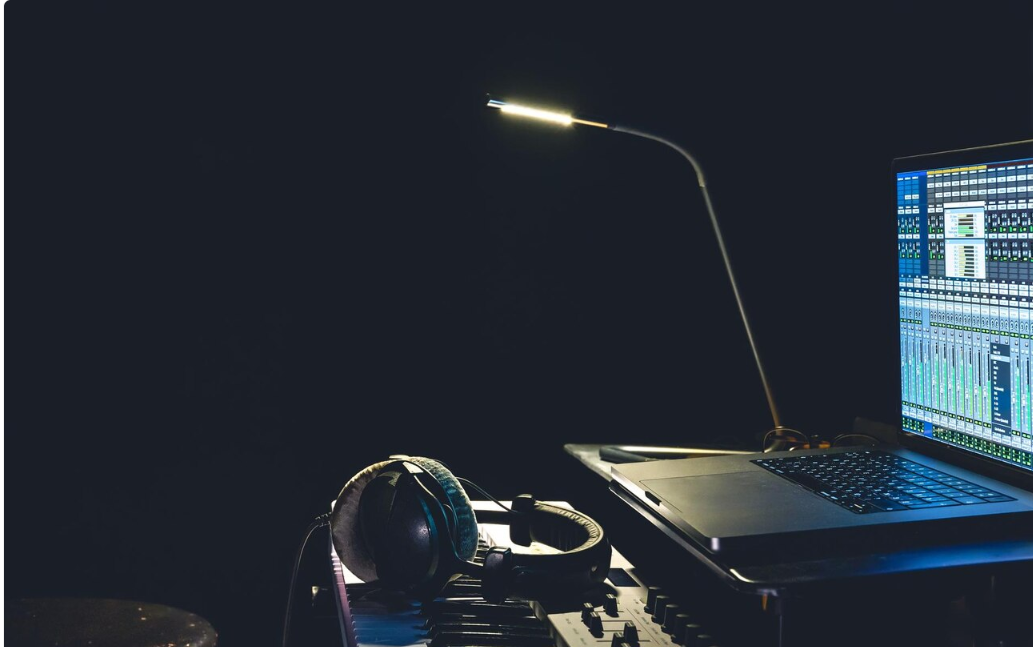As recently as three months ago, some of the ideas supported by Resonant Technologies Group were viewed as bold and broad, if not quixotic.
That was in a pre-Covid Spreads Indoors – Here’s How to Stop It – California Business Journal (calbizjournal.com) world.
Today, innovations anchored by the Sausalito, Calif.-based company aren’t being received as futuristic aims – but, instead, present day solutions.
Mark Hinds, CEO and co-founder of Resonant Technologies Group (RTG), can himself recall a time as recent as the early 2000s, when the concept of resonance physics seemed like a vision from Star Trek . Nineteen years ago, Hinds was invited to hear scientist Nassim Haramein give a six-hour talk on physics; the presentation would change the course of Hinds’ life and work.
“I didn’t even know how to spell ‘physics’ at the time,” Hinds jokes. “Listening to Nassim’s unique perspective on where energy comes from, how matter organizes, where many of the phenomenon we’re today experiencing comes from, I realized this advanced understanding of physics has the opportunity to change every issue we’re dealing with in the world today.”
In 2003, Hinds helped Haramein found the Resonance Project Foundation, a 501-c3 organization that provides a framework for the resonance physics ideas and projects endeavored by Haramein and his colleagues. The foundation has served as a communication tool for the science behind the technologies are at RTG (rtg.io ). RTG, founded in 2019, after almost 14 years of funding and developing various technologies, is an accelerator of 11 different “paradigm shifting companies.” The company, with Haramein as its Science Advisor, is a coalescence of almost 40 doctors, scientists, engineers and business professionals, focused in three areas — Health, Environment and Energy.
Confronting the strange, concerning and unprecedented times of COVID-19 has rapidly placed RTG’s expansive ideas and over a decade of research on the frontline, and Hinds has seen not only a societal acceptance for broader thinking, but also an eagerness for solutions.
“When coronavirus first hit, we brought all our people together on a call to discuss the significance of this event. And we saw this not as an ‘opportunity,’ but rather as an ‘expansion,’ and by that I mean an expansion of recognizing that the current solutions many people are working on – they aren’t solutions, it’s not fixing things, so maybe there’s a better way,” Hinds says.
Across its portfolio, two of the 11 companies in RTG’s stable are positioned to turn futuristic thinking into real-time solution. One company, Divina Biotech, focuses on immune-based solutions, including a product called “Paravi,” which works with the science of Immunology and “Immune Modulating,” a process allowing the innate intelligence of the immune system to function at a high level.
“It’s a wide-spectrum antiviral technology and, in a lab, it’s seems to be capable of being a significant tool to help resolve COVID-19 ,” Hinds says of Paravi.
Human trials are beginning in Australia this month. There are two other countries the organization is in conversation with for further trials. Of more immediate, if not graspable, solution for the scientific layperson: RTG’s work with California-based Soniphi (soniphi.com) may soon take COVID-19 to a new frequency of testing. A firm focused on analyzing voice frequency and information, Soniphi’s many years quest to provide a revolutionary health algorithm has instantly perched the RTG-backed company at the forefront of the coronavirus battleground.
“The research and concept leading to Soniphi has been in development for two decades,” Hinds says. “Three years ago, we started fully developing it with a pretty significant breakthrough in understanding how to gain this access of information from the human voice.”
In months’ past: Soniphi was readying to release its first voice frequency commercial product; set for debut this upcoming summer, the tool comes in the form of a mobile application providing analysis on sleep, energy, physical condition, brain function and stress.
In weeks ahead: That has changed entirely. RTG has shifted its entire Soniphi focus. “When COVID-19 came, we saw a chance to be a positive impact on how this pandemic unfolds. We can help here,” Hinds says. “So, every single person in all facets of the Soniphi project stopped everything they were doing. Now, in a span of fewer than three weeks, we’ve pivoted everything.”
Beginning in late March, RTG totally remobilized its efforts toward creating technology via its Voice Research Initiative mobile-based app. “The app allows people to talk into their phone, and, with just 30-seconds of the human voice, we can detect things in the body,” Hinds explains. “And this can detect whether or not they’re a positive test for COVID-19 .”
As of early April, the development app became available on Google Play and Apple TestFlight to collect voice samples, training the technology’s A.I. “It’s a three-step process, starting with collecting enough voice samples from people who have tested positive for COVID-19 to populate our A.I.,” Hinds says. “We’re now halfway through that process, and just need about 100 more voice samples. We should have acquired those by the third week of April.”
With app samples followed-up by human confirmation that say tests are genuine, the project continues on a fast track. “Once we’ve collected those samples, the neural network will recognize the fingerprint of COVID-19 from the voice, and we’ll then populate that into an app that we’ve already constructed. And when that happens — which we anticipate will be done on or about April 20 — we’ll work to move toward a very fast blind study, working with a third party, of about 150 people, to ensure we have an accuracy rate of at least 95 percent or higher,” Hinds says. “We anticipate being completed with this part of the process between April 30 and May 10. When the study is completed, we’ll then acquire needed approval to bring this out to the world.”
Hinds doesn’t see hurdles in achieving such federal approval with celerity. “In order to be able to call it a ‘diagnostic tool,’ that may require FDA approval, we hope to be able to move through that process very quickly, while adhering to the same gold standard that all biological tests are held to,” he says. “We believe we’ll receive a fast track approval as an emergency technology, which will enable us to move from analyzing to diagnosing.”
The Voice Research Initiative is clearly a crucial tool in bringing the world back together – and the world back to work. “We’re making the basic version of the app free so about every three or four days a person will be able to check their voice by talking into their own phone for 30-seconds and be able to analyze if they have COVID-19 or not,” Hinds says. “And we’ll also have a commercial, enterprise version available, which we believe is of great importance right now; with this tool, it can provide an instantaneous analysis of, say, allowing somebody to enter their own work building or not, based on their results. We can actually move the economy, move back to coherency very, very fast.”
RTG has partnered with CheckUp.org as a platform for the app; Hinds sees the project as not merely key in combating coronavirus, but as a weapon for confronting virus fights of such gravity in a post-COVID-19 world . “It’s exciting; it’s going to be a platform for all of this, and into the future,” he says. “We’ll be able to have a very significant impact on COVID-19 , and, looking ahead, with the platform built and the technology approved and used, we’ll know there’s a very good chance this situation will never, ever have to happen again. From the onset of a situation like this, having voice samples at the very beginning, we can populate A.I., distribute it around the world quickly and people will know instantly if they need to be sequestered.”
In Hinds’ eyes, the app release has the ability to provide a needed intangible. “We believe this is providing hope, a feeling of potential solution that could come to the world very quickly, and really change our entire reality,” he says.
In an altered world, societal skepticism for ideas once considered broad or buoyant has found sudden embrace. Fiction has met fact. The Enterprise has landed. “To bring about an entirely new level of thinking isn’t so easy, but when people look into our science now, they’re incredibly open to new ideas because we need solutions,” Hinds says. “This pandemic, the power of this event, has motivated many people to look beyond what they might normally be comfortable looking at. This type of forward-thinking is happening at a very significant level right now.”
Copyright © 2020 California Business Journal . All Rights Reserved.
This article was edited and published by Rick Weinberg, California Business Journal’s Founder and Editor-in-Chief. Click here for Rick Weinberg’s biography.
TO READ THE MAGAZINE VERSION OF THIS ARTICLE , click here .
Mark Hinds Mark Hinds Mark Hinds




